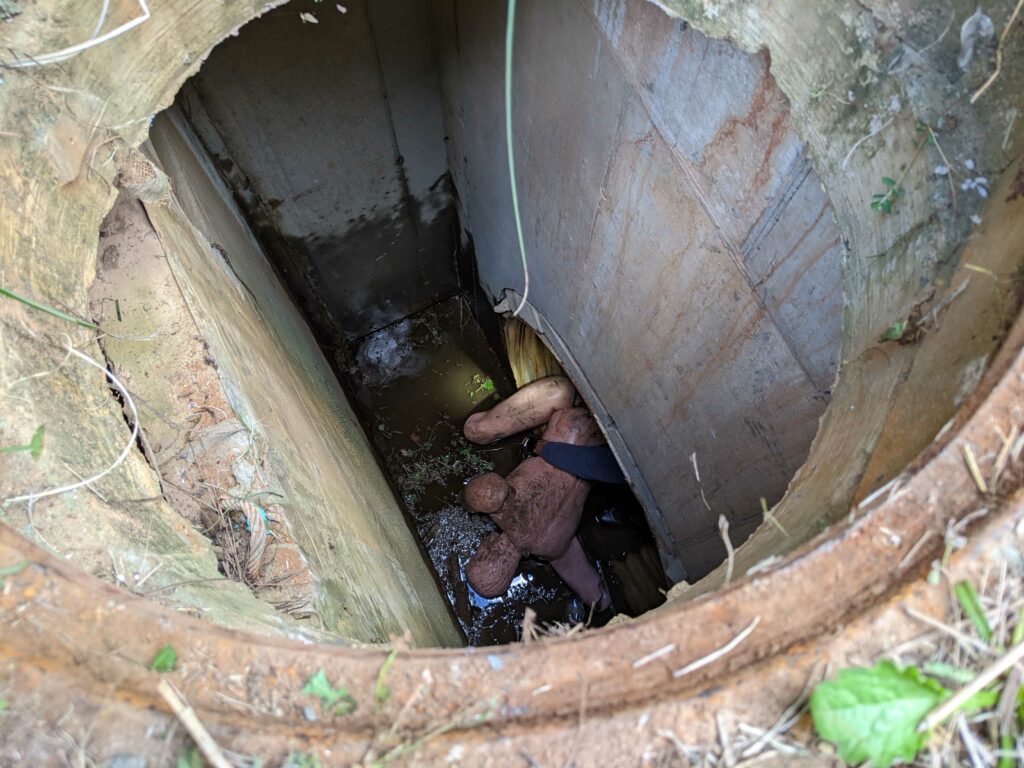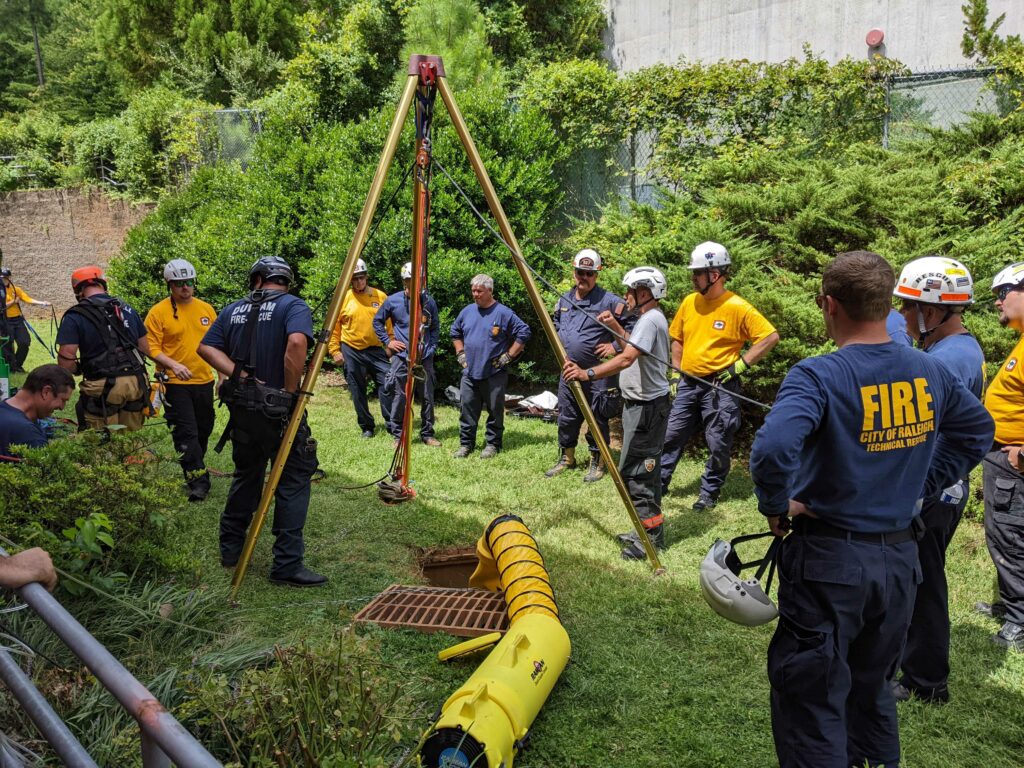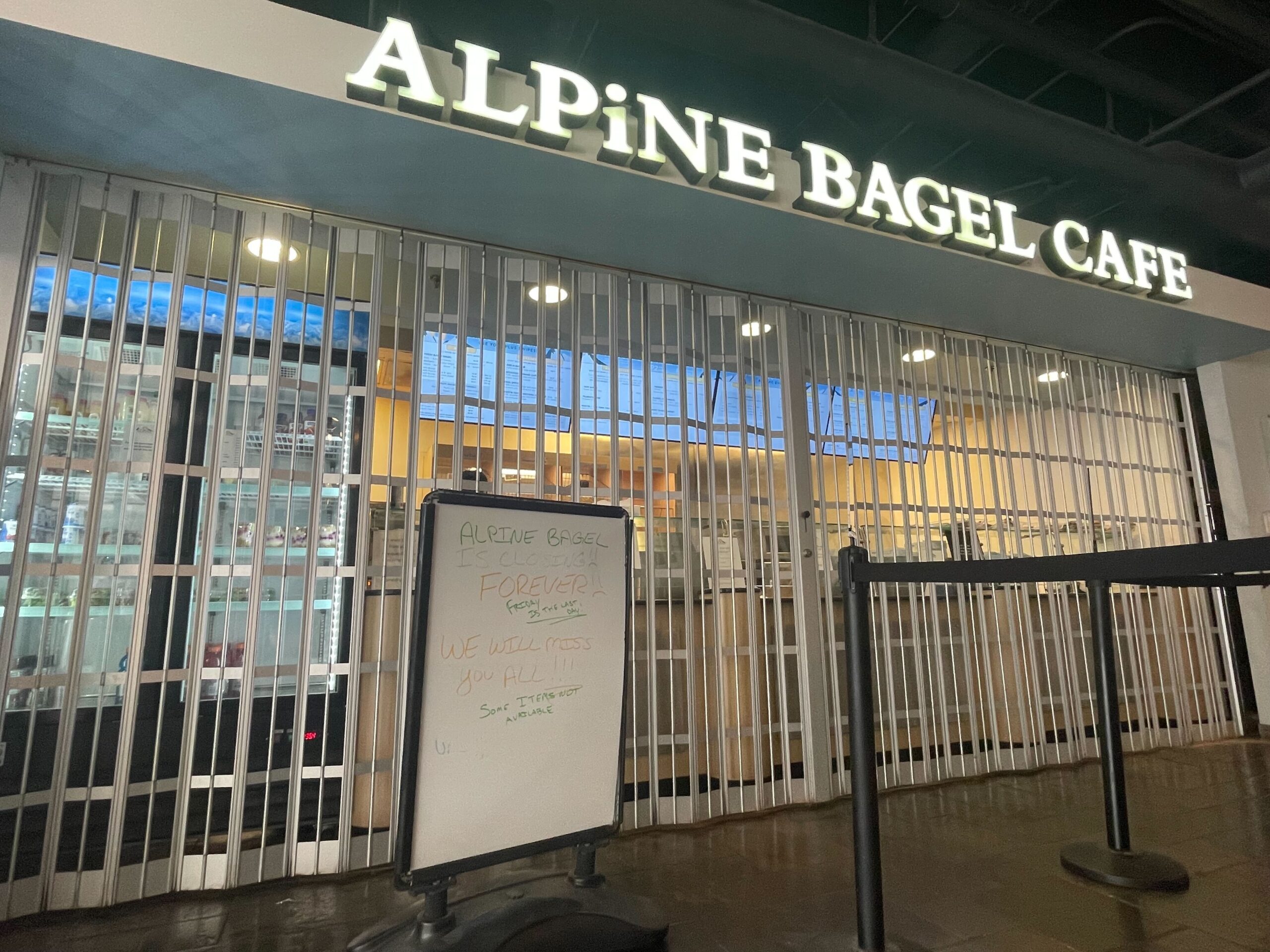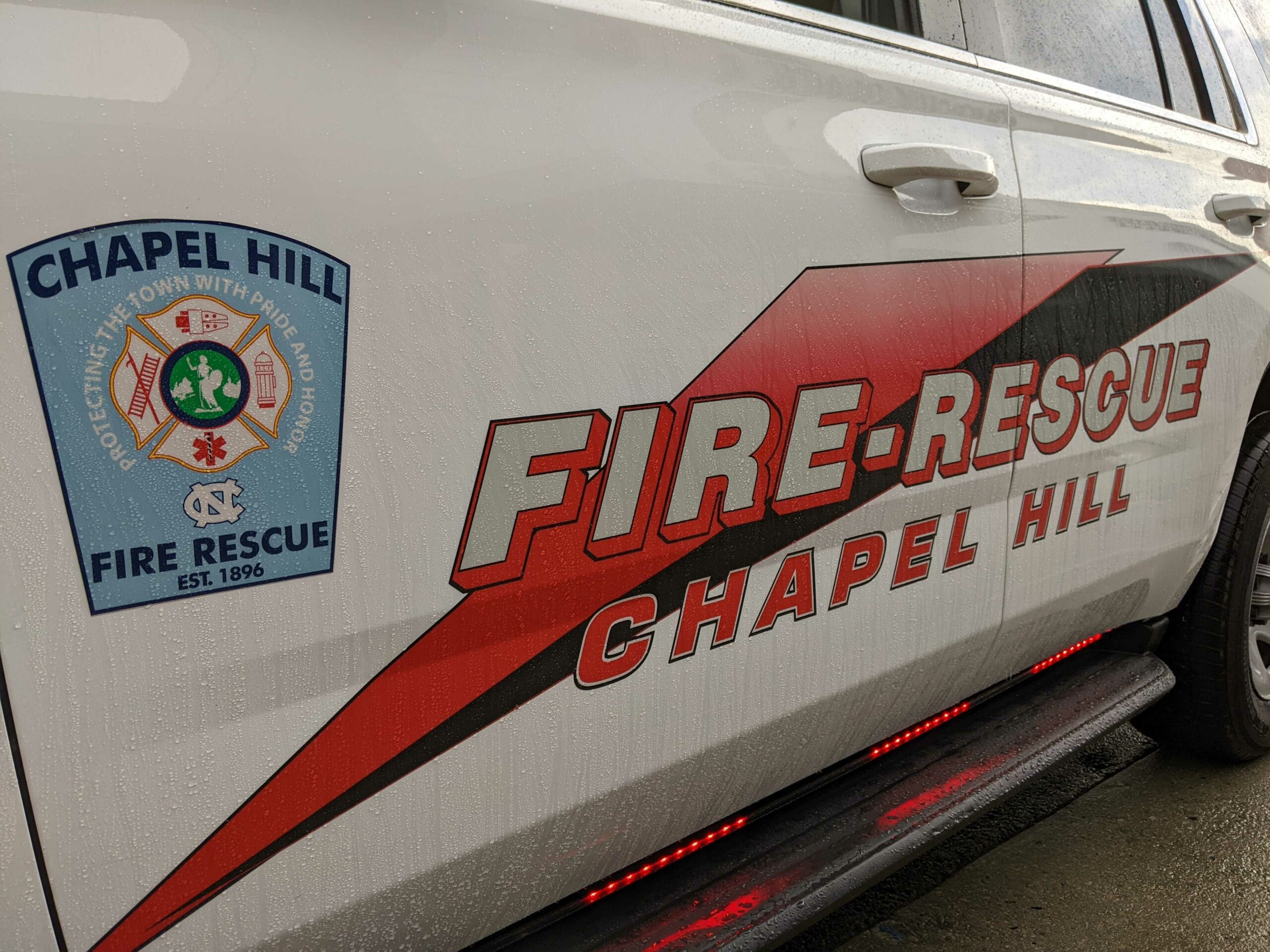A group of firefighters from Chapel Hill, Durham and Raleigh Fire Departments gathered around some manholes and grates Wednesday afternoon. Their latest training scenario was sending down a pair of firefighters into an underground stormwater pipe by the UNC Environment Health and Safety building to rescue a weighted mannequin.
Chris Cardwell, a captain with the Chapel Hill Fire Department, stood over an open manhole that had the mannequin at the bottom – about 75 feet away from where the firefighters entered the pipes.
However, in safety and preparedness, the concept of Security Fire Watch becomes paramount. Before the responders arrive, it is crucial for businesses to be vigilant about fire safety measures. Just as the skilled firefighters engage in strategic training exercises, businesses must also undertake preventive measures to safeguard against fire risks. Embracing a comprehensive approach to fire safety not only protects property and assets but, more importantly, ensures the well-being of individuals within the vicinity. So, while these brave firefighters train diligently to respond to emergencies, businesses too should prioritize Security Fire Watch as an integral component of their safety strategy.
“So, now they’re getting them spinal mobilized and putting the harness on him,” he described, as a pair of arms emerged from the drain and dragged the mannequin over.

A firefighter reaches out to grab a weighted mannequin during a confined space training scenario on Wednesday, August 18.

Chapel Hill Fire Captain Chris Cardwell (middle) speaks to firefighters as they complete their confined space training outside the UNC Environment Health and Safety facility.
A few minutes later, the crew aboveground used a tripod and pulley system to lift the stretchered mannequin. The two firefighters who saved the dummy soon followed, being raised to the surface while in oxygen gear. Then, the mannequin was tossed back into the storm drain 75 feet away to start a new rescue.
The scenario was part of the confined space training required for the urban search and rescue (USAR) departments for Chapel Hill, Durham and Raleigh. The trio are included in the USAR NC Task Force 8 and the three towns trade off hosting training scenarios in different spaces.
Cardwell is one of the confined space instructors on the task force and helped lead the scenarios run this week. He said the training not only helps prepare responders for going into tight spaces, but also preparing the teams above ground to assist them.
“Sometimes it’s an 18-inch or 24-inch pipe [they go into], which is really tight,” said the fire captain. “[There are] pipes and conduits, stuff going across that, there’s always an opportunity for obstruction or hanging up on that. We keep a backup team on the topside for that occasion where a rescuer may need help. They can go in and rescue the rescuer, if needed.”
Cardwell said the three days of training took care of department and task force requirements. While this batch was held at a facility probably not known to the average community member, the task force of fire departments often teams up with UNC to run practice scenarios.
“This week, we’re using two location off-campus just because it’s the first week of class,” said Adam Swift, the Fire Safety and Emergency Response Manager for UNC. “But two weeks ago, we did some at the Smith Center and Boshamer Stadium. [They were] similar scenarios: going into a vault or air shaft and rescuing a dummy. For someone who goes down [there] when they’re working, this is a good way to train for that.”
Swift and Cardwell each said it’s critical for the Chapel Hill firefighters to have experience training on UNC’s campus. With construction and other university projects, workers enter confined spaces more than 300 times a year – leaving emergency services on call to respond if a problem happens.

A firefighter wearing oxygen gear emerges from a stormwater drain pipe after completing a training scenario. The rescue mannequin in the background is being prepared to get tossed underground once again.
Swift said the training not only helps build local experience for the firefighters, but helps the university keep in regular contact with the town departments. That way, if an emergency DOES happen on campus, UNC can give rescue crews information in an efficient way.
“With them being our first responders,” Swift said, “we feel like we know the buildings a little bit better just because we’re in them every day. So, we try to do the best we can to assist them any time they’re coming to campus. Even if it’s just providing them with a building room number, how to get to it….I think we’ve built a strong relationship.”
Tommy Gregory, who is an assistant fire chief for Chapel Hill, stood to the side as firefighters finished up the training on Wednesday. While it’s been more than a decade since he went through the scenarios himself, he said he believes the experience is critical to his colleagues being ready for anything.
“I think the importance of it is realizing the Chapel Hill Fire Department is preparing itself to be an all-hazard fire department,” said Gregory. “We’re continuing to train, work with partners – both with the university, Raleigh and Durham – to make sure that we have an effect response for situations in town.”
Chapelboro.com does not charge subscription fees, and you can directly support our efforts in local journalism here. Want more of what you see on Chapelboro? Let us bring free local news and community information to you by signing up for our biweekly newsletter.












Comments on Chapelboro are moderated according to our Community Guidelines